We caught up with the brilliant and insightful Susan Pincus a few weeks ago and have shared our conversation below.
Alright, Susan thanks for taking the time to share your stories and insights with us today. Naming anything – including a business – is so hard. Right? What’s the story behind how you came up with the name of your brand?
I spent a lot of time thinking about the name of my product and company. I wanted my product’s name to reflect my home state and yet be short and easy to remember and pronounce. I took the first two letters of “south” and the first and last letters of “Louisiana” and thought that name would represent the culture of the product. The result was: SoLa with the ‘S” capitalized and the “L’ capitalized to reflect the two words. I researched the internet to make sure there was no similar product with the same name, because I wanted to Trademark the name and logo.
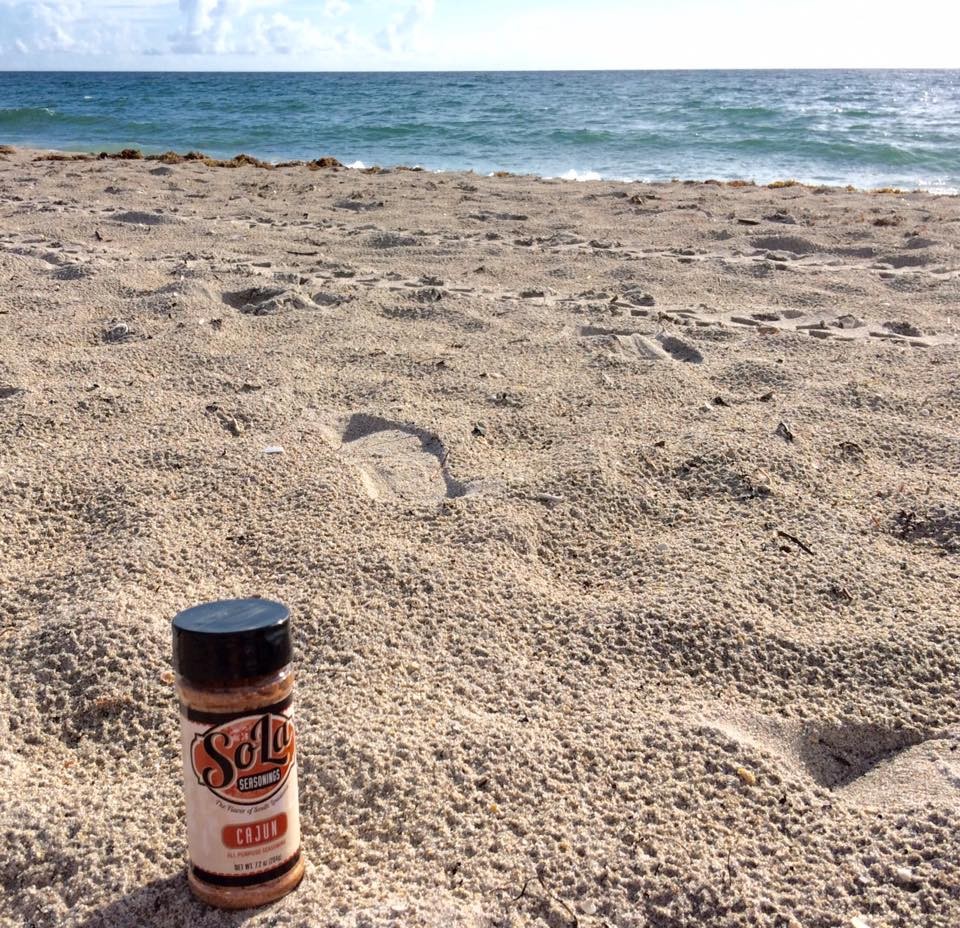
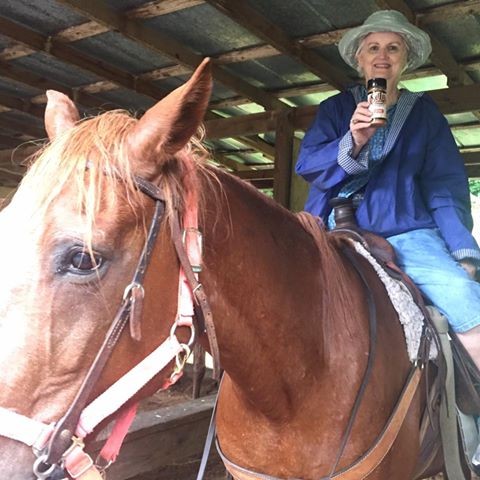
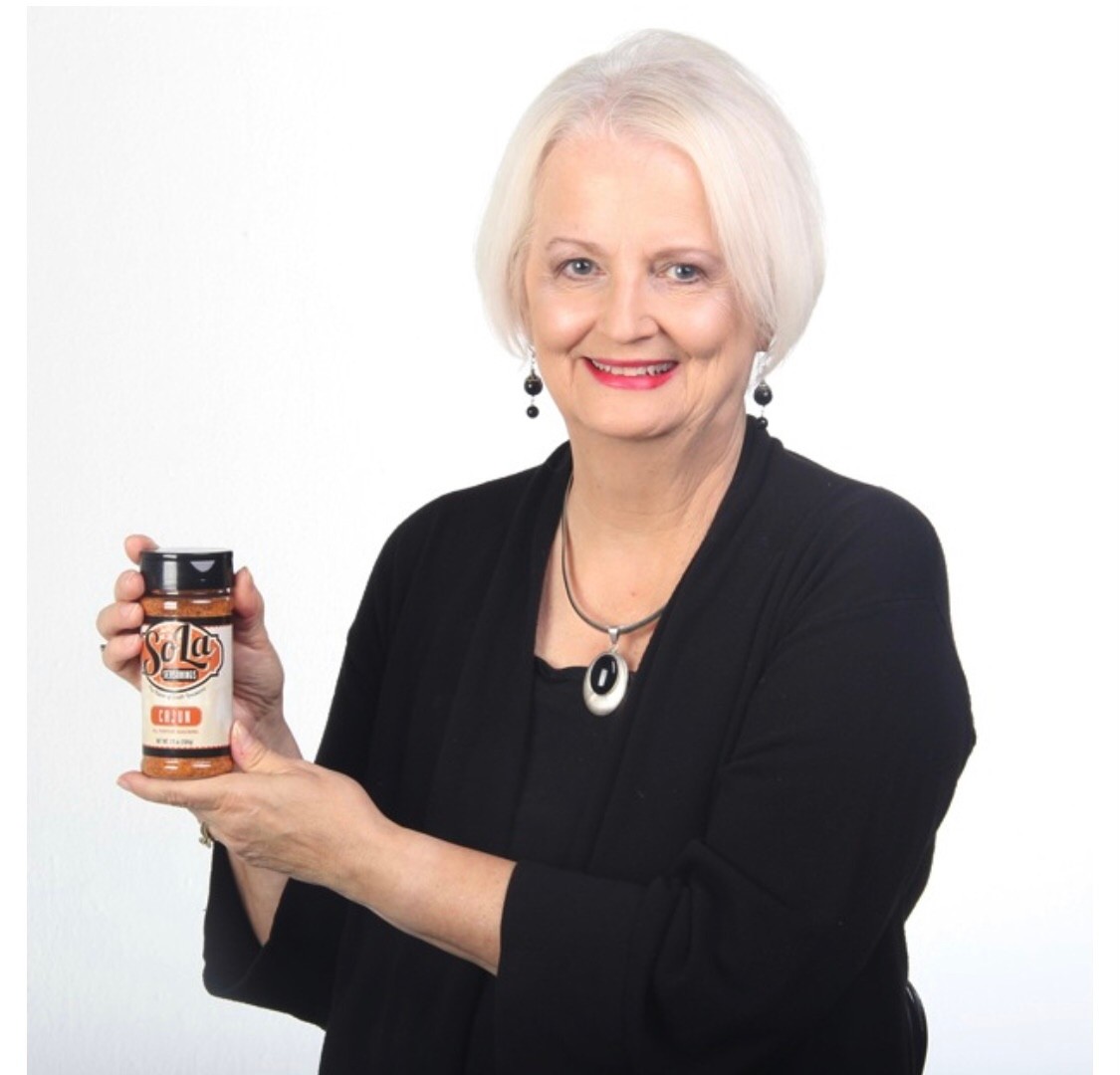
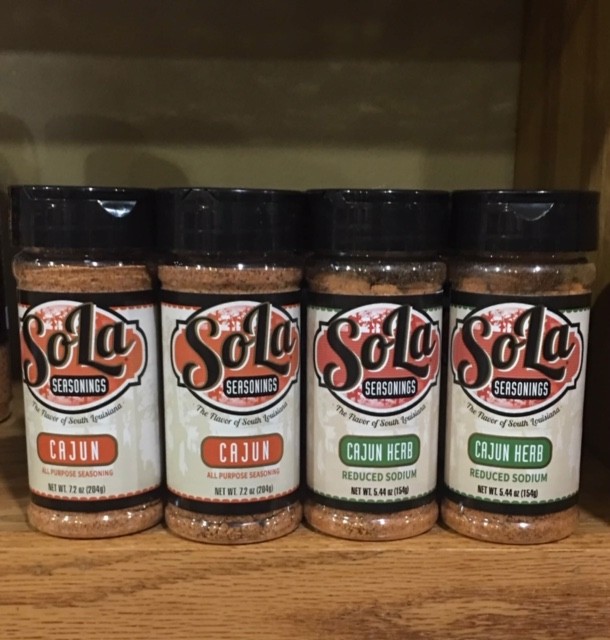
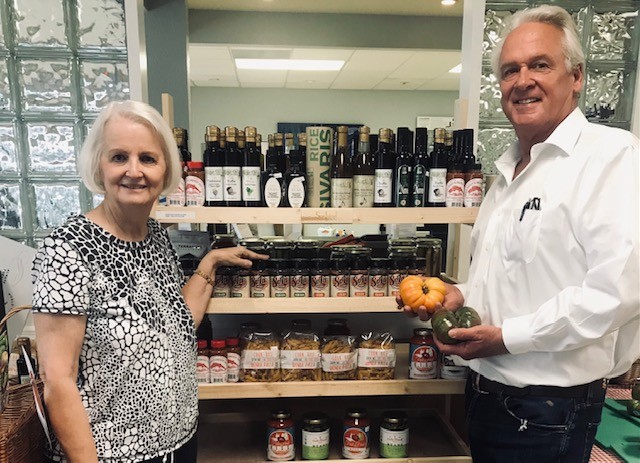
Susan, before we move on to more of these sorts of questions, can you take some time to bring our readers up to speed on you and what you do?
MY SOLA CAJUN SEASONING STORY
BACKGROUND
I was born and raised in a small town in Louisiana and very proud of it. I graduated from Louisiana Tech majoring in vocal music education, and later taught elementary and high school music. However, I realized teaching was not the career I wanted to pursue.
While living in Baton Rouge Louisiana, I started working in the healthcare coding and claims profession. It was at that time that I developed my “secret” recipe for a Cajun seasoning. Even though in South Louisiana there were many Cajun seasonings to choose from, I felt they were too overpowering with heat. I wanted my recipe to have a better balance of heat and flavor so that it could be used in many different dishes in addition to the Cajun cuisine.
HOW I DEVELOPED THE RECIPE
I researched many seasoning recipes in newspapers and recipe books (internet was not available then) for possible ingredients for a special Cajun Seasoning that I could use for many types of dishes. From that research, I developed my own unique blend. I have tweaked it a little from the original recipe, by taking out the MSG and substituting sea salt for the regular salt. This addition of sea salt makes my Cajun seasoning more flavorful and unique. None of the major brands of Cajun seasoning are made with sea salt. This blend of spices is a great all- purpose seasoning that can be used in any dish as a substitute for salt and pepper. Even though many people have requested the recipe, I have never given it to anyone!
TAKING THE “PLUNGE”
I gave bottles of my new blend to family and friends and got an overwhelming positive response. I was encouraged to produce it commercially, however, it was not the right time. After 12 years in Baton Rouge, I moved my family to Atlanta for a great opportunity at Emory University School of Medicine. I worked there for 12 years and retired as Director of Billing Compliance. After retirement, I decided that I would “take the plunge” and commercially produce my seasoning.
It was important to me for my product to be made in Louisiana, because I wanted it to be an authentic, Certified Louisiana Cajun product. My initial thought was to rent space in a food incubator kitchen at the LSU Agricultural Center, since my son lives in Baton Rouge and could oversee the production. However, after talking to a person at the Ag Center, she suggested that I use a co-packer instead. I had never heard of a co-packer, but she explained that a co-packer could purchase the spices, mix and bottle them at a cheaper price than I could do it myself. I realized this was the way to go. She sent me a list of co-packers in the area and I called and talked to several of them. I set up a meeting with the company I thought I would be the best fit. The co-packer is just outside of New Orleans and had been in business for over 30 years. The process was explained to me and I agreed to work together. This was in March 2015.
THE NEXT BIG STEPS
5. During the next 4 months, I
a. set up my corporation, with headquarters in the city of West Palm Beach (where we moved after retirement).
b. collaborated with a friend of mine, who had retired from an advertising agency in New York , to set up a marketing strategy and he helped me choose the name SoLa Cajun Seasoning. (SoLa comes from the words South Louisiana).
c. contacted a graphic artist who had 25 years experience in designing food labels, to design my logo and bottle label
d. started marketing my product by making samples in my kitchen to give to stores and restaurants,
e. purchased product liability insurance,
f. rented a storage unit,
g. set up my website, g-mail, Facebook, and Instagram accounts,
(my son, set up my website and educated me about how to use Google AdWords, Facebook & Instagram.)
h. applied for a Trademark
The first week in July, 2015, I received my first shipment of product from the co-packer and started filling orders that I had gotten during my marketing campaign. I have used the same co-packer for the past 6 ½ years.
In November of 2015, I developed a second seasoning blend that has reduced sodium with added herbs. While the original blend is a great all -purpose blend, the second blend is great as a blackening seasoning or as a rub on fish, chicken, beef and pork.
CURRENT STATUS
My SoLa Cajun Seasoning is being sold in food specialty stores and markets in 5 states, including: Florida, Louisiana, Georgia, North Carolina, and Arkansas. It is also used in restaurants and even on a cruise line.
Can you share one of your favorite marketing or sales stories?
My most exciting story of getting a new client involved a cruise line! The brother of a childhood friend, who lived in Louisiana, contacted me and told me he was going to be in West Palm Beach and wanted to say “hi”. He said he was going to be performing on a cruise ship that sailed out of the Port of Palm Beach. He had been a fan of my Cajun seasoning for awhile. After his first sailing, we met for lunch and he told me that although most of the meals on the ship were good, their Cajun dishes were not authentic. He told me that if I would give him some samples of my seasoning, he would meet with the Executive Chef and Head of Food and Beverage and tell them about my SoLa Cajun Seasoning. I was very surprised that he offered to do this on my behalf. I gave him the samples to take back to the ship and about a week later, he told me that he had met with them and given them my samples. Not long after that, I received a call from the Head of Food and Beverage of the cruise line and a large purchase order! Over the past 5 years, the cruise line has been my best customer!



We’d love to hear about how you keep in touch with clients.
One advantage about being a small business is that I am able to visit my client’s stores to find out how my product is selling and give advice as to the best way to display my product. Over 98% of my customers were initially contacted in person by myself. I begin by usually making a cold call to the store or restaurant and asking to talk to the owner, buyer or chef. I try to visit restaurants on week days between 2:00pm and 4:00pm and specialty food stores on week days in the early afternoon. I always bring a professional looking small bag with my logo on it, filled with small bottles of my product, a 4×6 sized shiny cardboard flyer with my picture on the front and a wholesale price list and contact information on the back, and my business card. I begin by asking them to open one of the sample bottles and smell the contents (this usually does the trick)! While they are doing this, I briefly tell them my story and emphasize the difference in my product and other similar Cajun seasonings. I ask them to try my seasoning on several different dishes (sometimes they take the samples home and try them) and that I will contact them in 2 weeks to get their feedback. I always get their business card or contact information before I leave. For restaurants, if I have time to research the menu before making a call, I suggest using my seasonings on some specific dishes that are already on the menu, and I also give them ideas of new dishes they could add. For specialty stores, I look at their shelves to find out what brands they are currently selling and then tell them the difference between my brand and the ones they already have. I mention that my brands are all made with sea salt (most of the cheaper brands are make with table salt ) and that it is a certified Cajun product and is made just outside of New Orleans, so they know they are getting “the real deal”. When visiting an existing client, I check to see where it is being displayed, and if it is not in a high traffic area, I try to convince them to move it. I always suggest putting some in the spice area as well as in their meat and fish departments.
Contact Info:
- Website: www.solaseasonings.com
- Instagram: solaseasonings
- Facebook: SoLa Cajun Seasoning
- Linkedin: Susan Pincus
- Twitter: @SoLaSeasonings
- Yelp: SoLa Seasonings


